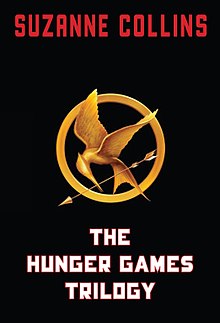The Hunger Games in the Real Life

The Hunger Games is a book series that is later made into three movies. The setting takes place in a fictional country in North America named Panem with a place named the Capitol surrounded by twelve districts. The Capitol is filled with rich people who live a luxurious life that the people living in the twelve districts cannot afford to live. As for the districts, district 1 is the wealthiest and district 12 is the poorest. Each year, two tributes (1 male and female) from each district will be randomly selected as tributes to attend the annual Hunger Games launched by the Capitol. There are 24 tributes every year, and only one person can survive. The tributes have to kill each other to win, most of them die from natural causes though such as dehydration. The rich people from the Capitol would sponsor tributes that they favor, giving certain tributes advantages to survive. This Hunger Games is actually just a leisure time activity to them. The lives of poor people do not mean anything to rich people in the dystopian society of Panem.
It is often heard that a dystopian fiction is just a hyperbole of what exists in real life. The Hunger Games is very similar to the world we live in today. The rich poor gap is the most prominent feature in today’s world. The rich people get richer at the expense of the poor. They don’t consider poorer people’s living conditions, they even exploit them. Moreover, wealth and power are concentrated mostly in the wealthiest people’s hands. This is similar to the Capitol in the Hunger Games, they get to control the 12 districts and demand resources from them. The Capitol gets to host the Hunger Games, they have all the power and the poorer people from the 12 districts can do nothing to stop the Hunger Games. As for the people below the wealthiest class in our society, they have to fight for resources. This is just like how tributes in the Hunger Games have to fight for supplies in order to keep on living, while the Capitol is just watching for fun.
It is important for us to interpret the underlying analogies of dystopian fictions that are similar to the problems in our real life such as wealth inequality.
